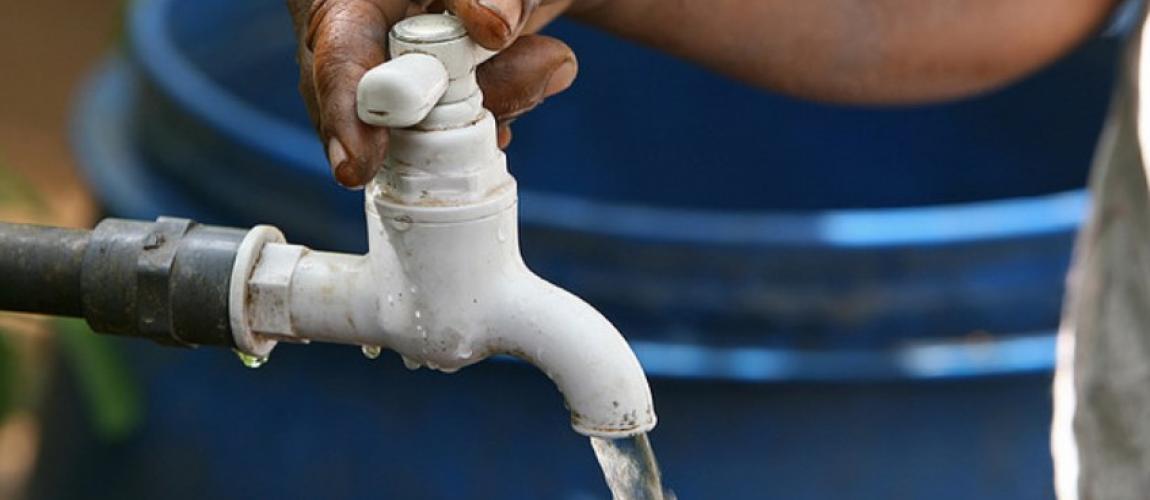Water & Sanitation PPPs

Almost fifty percent of the developing world’s population - 2.5 billion people – lack improved sanitation facilities, and almost 1 billion people still use unsafe drinking water sources, and even those with access often receive unsafe and inadequate service. Sustainable Development Goal 6 on Clean Water and Sanitation, by 2030, sets tough targets: Water is also crucial to food security and irrigation, and is affected by climate change. In an infrastructure-intensive sector, improving access and service quality to meet the SDGs cannot be done without massive investment. Around the developing world, the water sector is chronically under-funded and inefficient. In this context, Public-private partnerships (PPPs) can be a mechanism (among others) to help governments fund much needed investment and bring technology and efficiency that can improve the performance and financial sustainability of the water sector. Governments are using in the water and sanitation sector increasingly to finance and operate bulks water supply and wastewater treatment. Governments turn to PPPs to introduce new technology and innovation where traditional sources are being scarce, such as in desalination and water reuse. Utilities are drawing on specific expertise, such as non revenue water reduction and pressure management, to bring efficiencies and service improvements. Private investors and providers are increasingly local and regional, increasing competition and bringing down prices. A key challenge in sustainability of the sector is customer tariffs. Water utilities have difficulty investing in infrastructure and maintaining it when they cannot rely on revenue streams that cover the costs of operation and investment. Whilst subsidies and grants from government continue to play an important role in financing water and wastewater infrastructure, a stable revenue stream is more dependable and allows utilities to carry out business and asset planning. Navigate the following subsections for more information and sample laws, regulations and agreements. The World Bank Group Climate Toolkits for PPPs including Climate Toolkits: Water Production and Treatment contains a set of tools covering the major climate entry points (identification of risks, incorporation of climate considerations in the project selection, and appraisal of climate effects in the project’s economics). The Municipal Public-Private Partnership Framework is a tool developed specifically for local governments to help them understand and implement PPPs, keeping in mind their characteristics, needs and challenges. The tool kit offers a comprehensive and concise approach to PPPs, with sample terms of reference, bidding documents, and PPP agreements.
Updated:
Related Content
Water & Sanitation PPPs
Type of ResourceWater Sector Regulation
Type of ResourceUtility Restructuring, Corporatization, Decentralization, and Performance Contracts
Type of ResourceWater and Sanitation Agreements
Type of ResourceSmall Scale Water Projects - Rural and Peri-Urban
Type of ResourcePPPs in Irrigation
Type of ResourceTheft / Non-Technical Losses (Water and Electricity)
Type of ResourceWater & Sanitation PPP Toolkits
Type of ResourceCase Studies and Lessons Learned - Water
Type of ResourceGender & Water and Sanitation Projects
Type of Resource